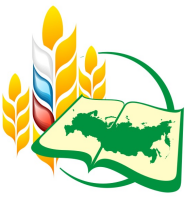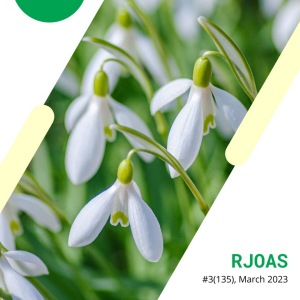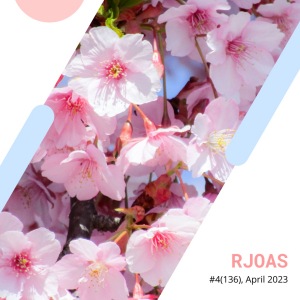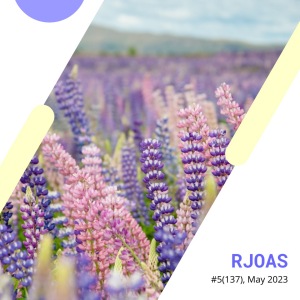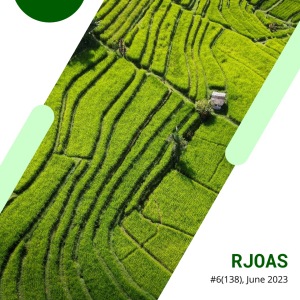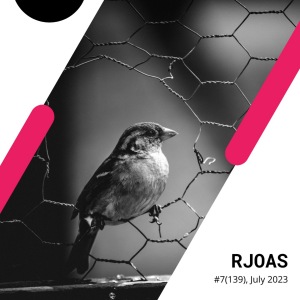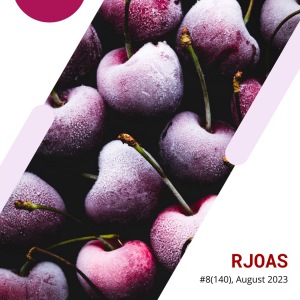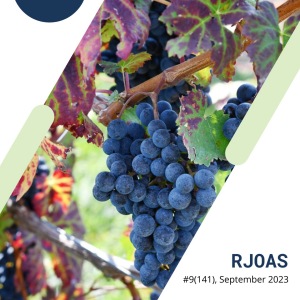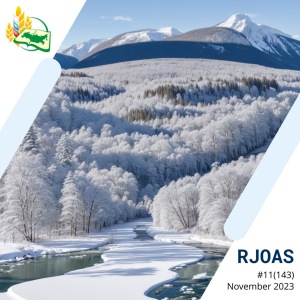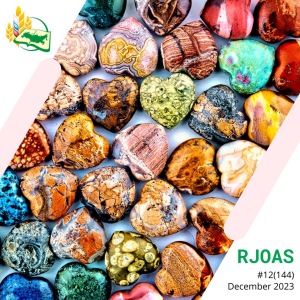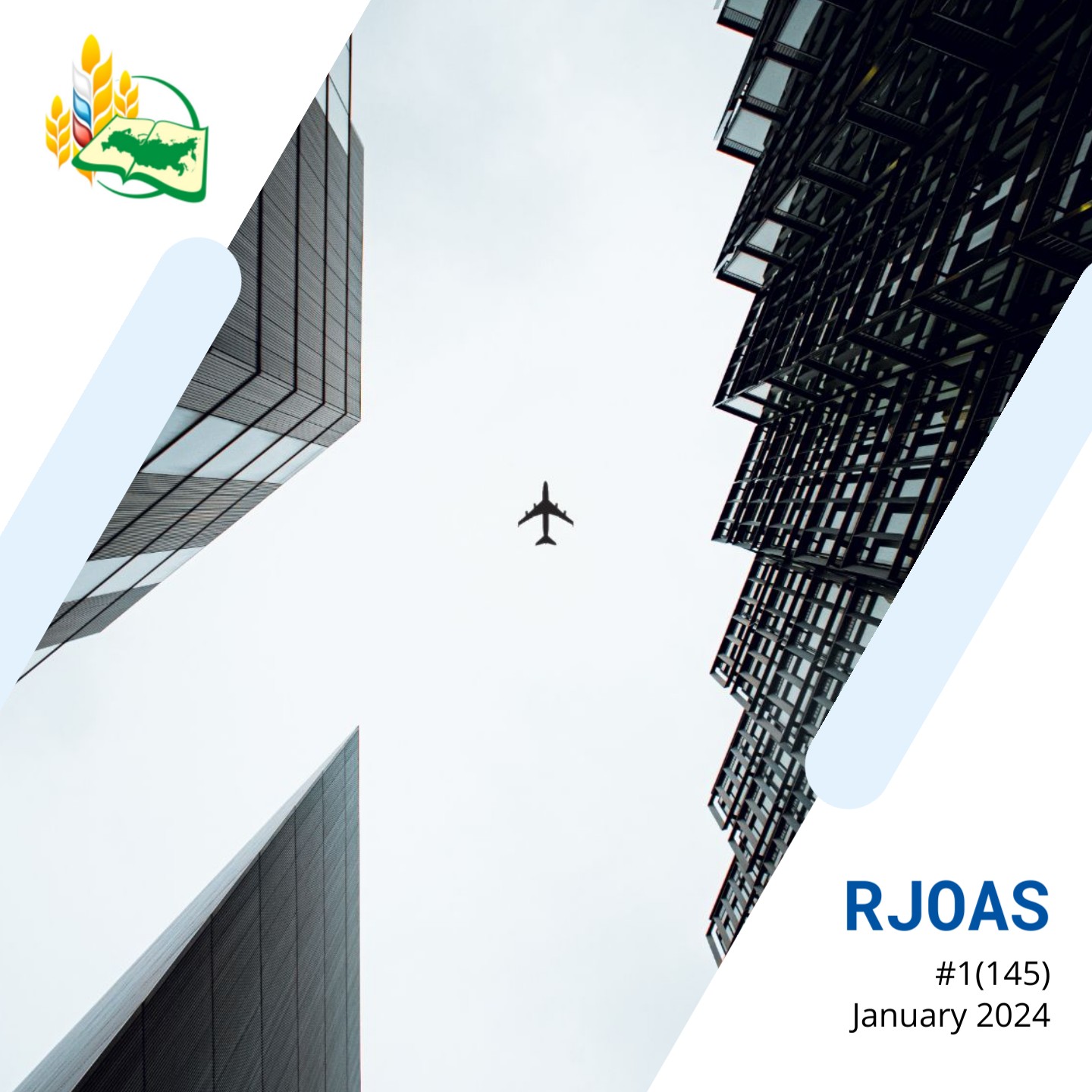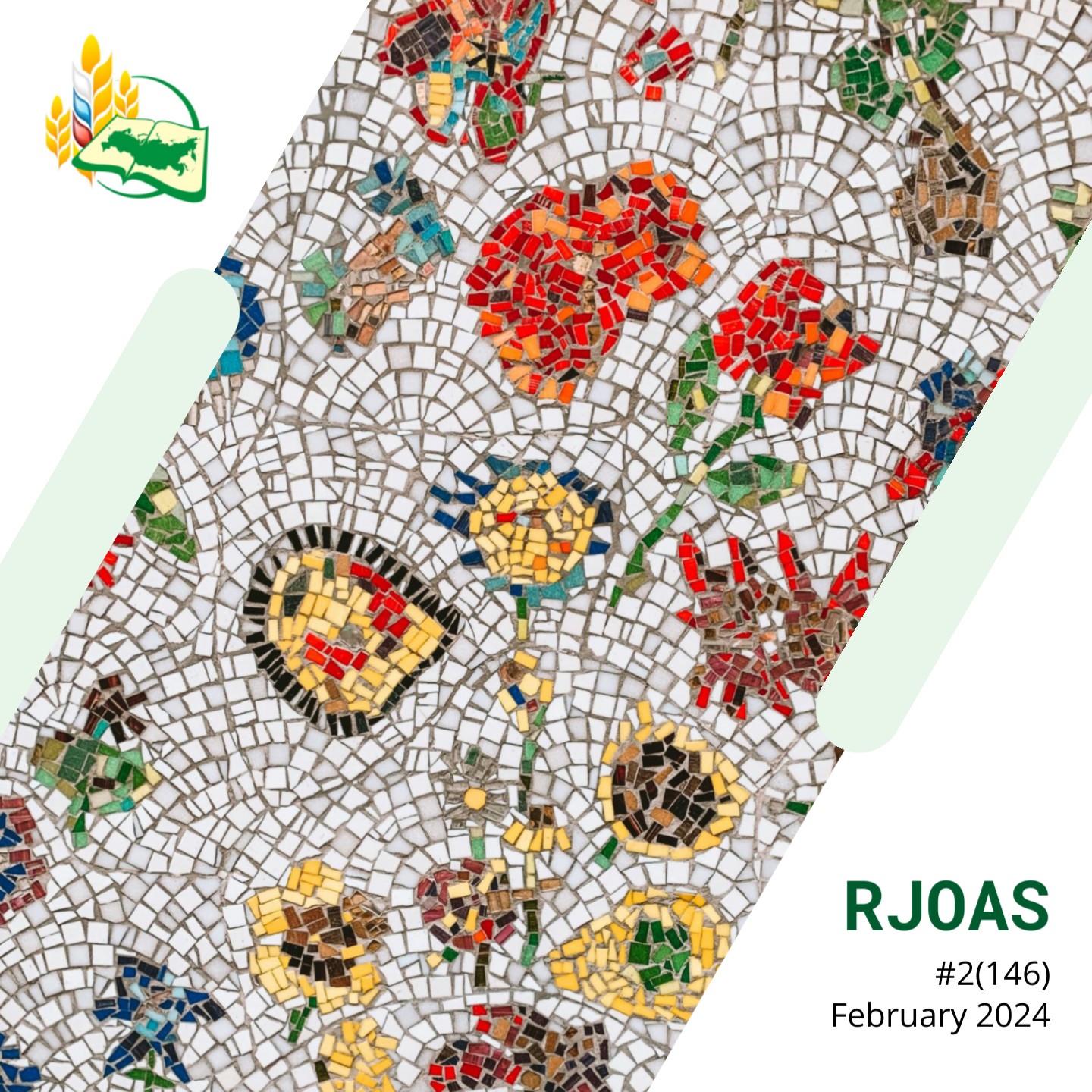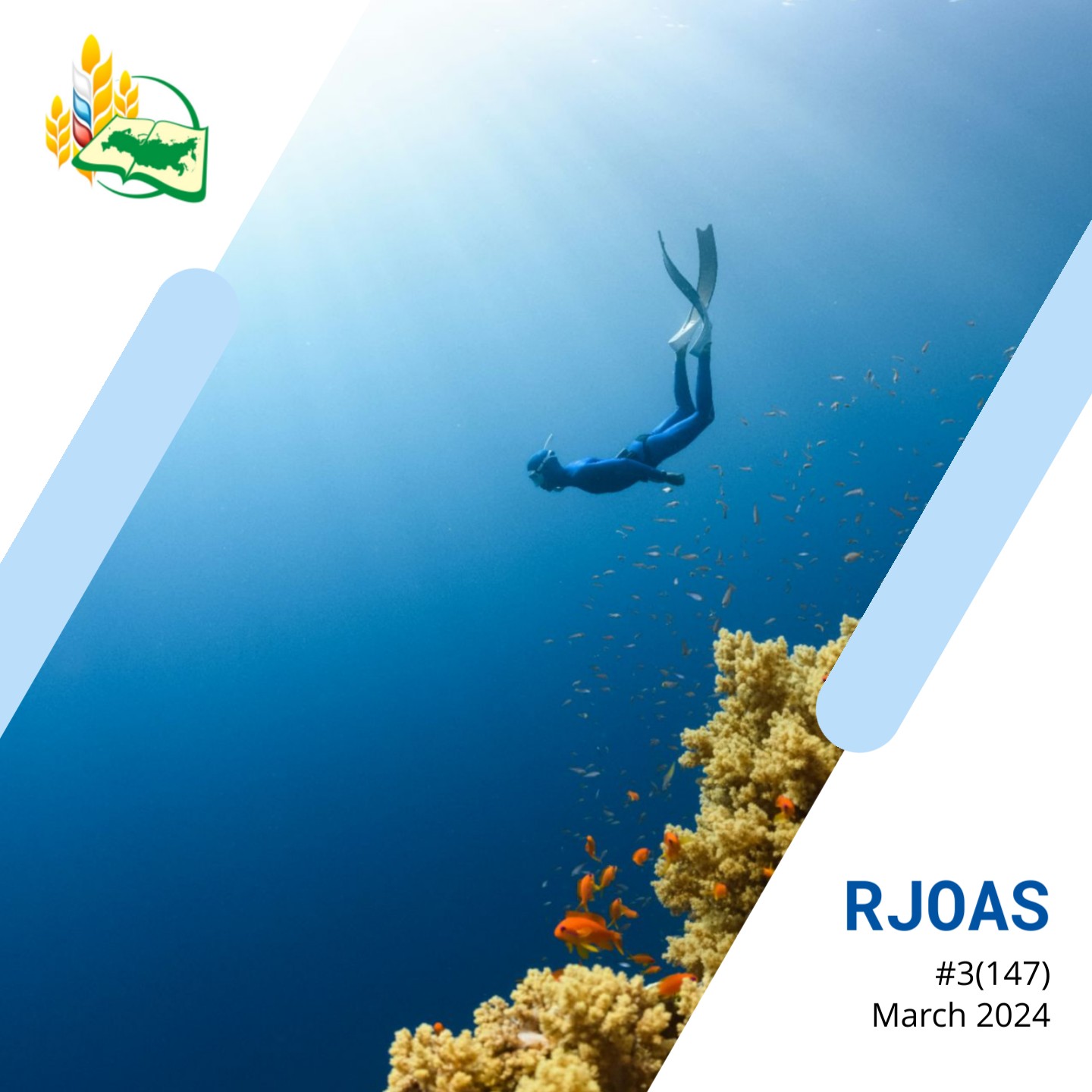ISSUE 8(20), August 2013 |
Pages 3-10
Title
IMPACT OF IMPROVED SEEDS ON SMALL FARMERS' PRODUCTIVITY, INCOME AND LIVELIHOOD OF BARA LOCALITY IN NORTH KORDOFAN STATE, SUDAN
Author(s)
Elkhalil Elnour Briema Ahmed*, Maryoud Elnow Maryoud**, Elrashied Elimam Elkhidir***, Tarig Elsheikh Mahmoud****
Organization(s)
*Elobeid Agricultural Research Corporation, Sudan
**Faculty of Natural Resources & Environmental Studies, University of Kordofan, Sudan
***College of Agricultural Studies, Sudan University of Science & Technology, Sudan
****Gum Arabic Research Centre, University of Kordofan, Sudan
Key Words
Linear programming; Dominance; Marginal analysis; Roselle; Sesame; Millet; Watermelon; Groundnut; Guar.
Abstract
This study was designed to test and identify the impact of improved seeds on small farmers' productivity, income and livelihood in Bara locality. Sixty households participants were randomly selected through a field survey during 2011 for 2008/2009, 2009/2010 and 2010/2011 cropping seasons. The study applied Multi-stage random sample technique. Based on existing farm situation and price level, the sampled farmers were obtained SDG 8604 as gross margin to cover all expenses. Results of this study also depicted that the required net income and off-farm income were 16293 and 11378 SDG, respectively. With respect to Linear Programming (LP) results, a total of SDG 8890 were obtained and all crops were entered and solved. The optimal plan and existing farm situation were changed by 3.3 and 5.6% for gross margin and cash income, respectively. Results of LP also indicated a positive change in production patterns of resource use; 3.3, 6.2, 3.5, 3.3 and 9.1% for land, cash income, labour, seeds supply and productivity, respectively under existing and optimal plan. Partial crop budgeting revealed that, all treatments were financially gave positive returns. Dominance analysis showed that cowpea ainelgazal, okra, roselle and sesame herhri crops were dominated by crops of millet ashana, watermelon, groundnut and guar, respectively. Marginal analysis exposed that, for every SDG 1.00 invested in improved seeds cultivation, farmer can expect to cover the SDG 1.00 and obtain an additional SDG 1.345; then, additional seed rate implies a further marginal rate of SDG 43.9. Sensitivity analysis for cost over run and benefit reduction by 10% indicated highly stability with MRR of 1.22, 3.991 and 1.21 and 3.951% for watermelon and guar, respectively. The productivity of improved seeds compared to local ones was increased in some varieties and decreased among others. This study reached to some recommendations for improving crop productivity, production and livelihood of small farmers in Bara locality.
CrossRef DOI
Pages 11-19
Title
RESPONSE OF RICE (ORYZA SATIVA L.) UNDER ELEVATED TEMPERATURE AT EARLY GROWTH STAGE: PHYSIOLOGICAL MARKERS
Author(s)
Muhammad Kazim Ali, Abid Azhar, Saddia Galani
Organization(s)
Karachi Institute of Biotechnology and Genetic Engineering (KIBGE), University of Karachi, Karachi, Pakistan
Key Words
Heat stress; Germination percentage; Electrolyte leakage; Lipid peroxidation; Free radical.
Abstract
A reliable and rapid assessment technique, for evaluation of cultivars having potential to combat harsh environmental conditions is imperative. This experiment was carried out to screen 8 local (Pakistan) accessions of rice at early growth stage (germination and seedling) at control and heat shock for different time periods (24, 48, 72 h). Heat stress indices, including promptness index (P.I.) and germination stress index (G.S.I.), were used to explore thermotolerance at germination stage. At seedling stage, relative membrane permeability (RMP) were assessed through measurement of electrolyte leakage (EC), melondialdehyde (MDA) and production of hydrogen peroxide. It is observed that heat stress delayed germination and decreased germination percentage at germination stage. However cultivars showed significantly different response. Among all, "Kanwal-95" showed more thermotolerance in terms of maximum number of germination as well as in speediness to germination. Physiological indicators manifested, increased electrolyte leakage is associated with increased level of lipid peroxidation and hydrogen peroxide. It can be concluded that antioxidants enzymes could play major role in thermotolerance by scavenging free radicals to protect lipid peroxidation consequently improve cell membrane thermostability. Results analysis revealed that these indicators were simple and accurate selection criteria to assess heat stress effect and can be adopted to save resources and time of formers.
CrossRef DOI
Pages 20-26
Title
AGRICULTURAL DYNAMICS IN PAKISTAN: CURRENT ISSUES AND SOLUTIONS
Author(s)
Fawad Zafar Ahmad Khan*, Muhammad Sagheer*, Mansoor ul Hasan*, Hafiza Tahira Gul**, Feehan Hassan*, Syed Amir Manzoor***, Atif Wahid**
Organization(s)
*University of Agriculture, Faisalabad, Pakistan
**Bahauddin Zakariya University, Multan, Pakistan
***PMAS-Arid Agriculture University, Rawalpindi, Pakistan
Key Words
Seed Variety; Cost of production; Farming Experience; Place of sale; Net profit.
Abstract
Agriculture is heavily contributing towards the economy of Pakistan. Water deficiency and drought conditions, long duration load shedding issue, poor extension services, absence of land reforms, absence of distribution of certified varieties, high price of fertilizers, deliberate use of adulterated, non-recommended and expired insecticides, non utilization of cultivable waste land, conventional farming practices, indirect access of farmer to main market, absence of ecological based cropping pattern, smuggling of agricultural inputs and outputs, lack of cooperation between agricultural research, education & extension services, absence of crop insurance, depletion of forests, lack of modern post-harvest technologies and disease outbreaks of poultry birds are some of the key issues that are playing a negative role in demotion of agricultural sector in Pakistan. The review article will briefly discuss above mentioned issues and some of the possible remedies under the environment of Pakistanand their adoption to improve the agricultural productivity in the country.
CrossRef DOI
Pages 27-32
Title
SMALL RUMINANTS OWNERSHIP PATTERN AND LEVEL OF VETERINARY CONSULTATION UNDER TRADITIONAL SYSTEM OF MANAGEMENT IN ONDO AND EKITI STATE OF NIGERIA
Author(s)
Osho I.B., Fasina O.O.
Organization(s)
Federal University of Technology, Akure, Nigeria
Key Words
Veterinary consultations; Small ruminants; Ownership; Diseases; Management systems; Treatments.
Abstract
Ownership pattern and level of veterinary consultation among small ruminant farmers under the traditional system of management was assessed in Ondo and Ekiti states. Data from One hundred and ninety six (196) purposively sampled households were presented using frequency tables and percentages. Regression analysis was used to determine factors influencing level of veterinary consultation. Results revealed that 100% of the household's owned goats while 54% of the households kept sheep. Mean household size was 7 persons while females (65%) owned more small ruminants. Mean number of sheep kept per household was 4±5.0 while that for goats was 10±6. Only 50.5% of the households made veterinary consultations. Forty seven percent of these do regular veterinary consultations while the rest consulted occasionally. Significant positive correlations were found between household size and number of goats (r = 0.57, p < 0.05) and sheep (r = 0.79, p < 0.05) respectively while significant negative correlations were found between number of goats and number of sheep (r = -0.11, p < 0.05). Agricultural Extension should create greater awareness on the benefits of regular health checkups and veterinary consultations for small ruminant owners.
CrossRef DOI













